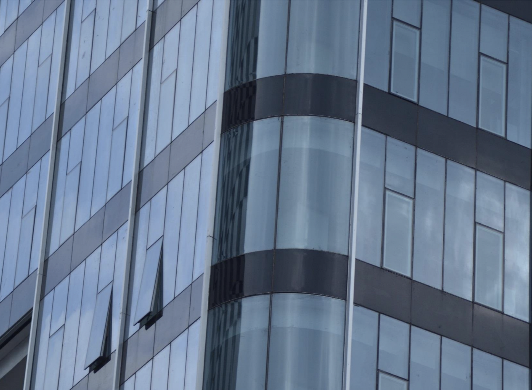The cookie settings on this website are set to ‘allow all cookies’ to give you the very best experience. If you continue without changing these settings, you consent to this – but if you want, you can change your settings at any time at the bottom of this page on our privacy page.
Types of Commercial Lease
Taking out a commercial lease is one of the most important things you'll do whilst trying to grow a business. Make the wrong decision, and it could hinder your progress. Get it right, and it could increase your revenue by thousands.
One of the keys to getting the right lease is understanding which one will suit you best. Here, we're going to go over the most common types of business lease available, and the most important things you need to know about each one.
Gross Leases
This is a form of commercial lease where the landlord is held responsible for paying property tax, insurance and maintenance costs.
(Though, as with all leases, the terms can be adjusted as long as both parties agree on the changes).
Gross leases contrast with net leases (which we'll cover next). Under a net lease the tenant will be responsible for some of the extra property costs: with a gross lease, however, the tenant will be able to pay one flat fee in exchange for using the property.
When determining the overall cost of the gross lease, the property owner will usually take into account the costs associated with the property and use those costs to create a suitable monthly rent cost.
Though gross leases are easier to manage - being a single one-off payment - they may not be cheaper, and the landlord may choose to over-estimate the monthly extra costs in order to ensure they don't end up out of pocket.
The benefit to any business is, of course, the ability to plan their finances with more certainty: there will be no additional unexpected property bills with a gross lease.
On some occasions, it's possible to sign a modified gross lease. As the name suggests, this is a lease in which the terms have been adjusted to suit the needs of the property owner and the tenant.
Net Leases
Net leases are the most common forms of commercial lease on the market, and require a tenant to pay a portion - or all - of the extra costs incurred by the property. These can include taxes, utility bills and maintenance costs as well as several other forms of expense.
Net leases are broken down into three main types:
Single Net Lease
This is a form of lease where the taxes become the responsibility of the tenant rather than the landlord. Under a single net lease, the landlord will still be responsible for meeting the other expenses.
Single net leases are less common than the other types of net lease, simply because the latter two (which we'll look at in a moment) pass more costs onto the tenant.
Single term leases usually represent a good investment in all economic situations, because they offer a predetermined, steady income.
Double Net Lease
In double net commercial leases, tenants are responsible for paying both property taxes and insurance premiums on the property. The landlord will still be held responsible for structural and maintenance expenses.
All of the payments will be made to the landlord alongside the rent.
Double net leases are the most common within commercial property leases, so there's a high chance you'll have to deal with one when renting a commercial space for your business.
Triple Net Lease
This is an agreement within which the tenant of the property is held responsible for all property costs, as well as the rent.
Under a triple net lease, the lessee will be required to pay the net amount for three types of cost:
- Any property taxes
- The net building insurance
- Any maintenance costs
Typically - though not always - the rental cost in a triple net lease will be lower than the rent under one of the other two types.
The total lease amount will be calculated according to the capitalization rate, which is in turn determined by the credit worthiness of the potential tenant.
Triple net leases are typically offered by investors seeking steady income with less risk, and are often found when a portfolio of commercial properties is put on the market at once. Office buildings, shopping malls and industrial parks are all examples of properties that are frequently made available under triple net leases.
Percentage Leases
This is a type of commercial lease where the tenant pays a base amount of rent in addition to a percentage of any revenue the business earns whilst in the property.
As a result of the percentage payments, the base rate may well be lower, with the landlord prepared to sacrifice upfront earnings in exchange for additional upside potential later on.
At Pall Mall Estates, we have a range of different lease types available. Browse our available properties and get in touch with our team to discuss your needs.
Download this guide as a PDF here:
If you would like to know more about commercial leases - head to our Complete Guide to Renting a Commercial Property.
If you would like to know more about how Pall Mall Estates can help with your commercial property needs, call us today on 020 8986 7221 to speak to one of our experts.
Pall Mall Estates - Helping you move with our low cost, high value, business space to let throughout the UK.
Pall Mall Estates have a wide range of low cost commercial properties across the UK.
Take a look at our available spaces here or get in touch with our experienced team here.



